Last updated on August 17th, 2025 at 07:38 am
Are you a beginner in the kitchen who gets overwhelmed by all the different cooking measurements? Do you find yourself confused by terms like teaspoons, tablespoons, and cups? If so, you’re not alone, and there’s no need to stress any longer.
Cooking measurements can be confusing, especially if you’re just starting out on your culinary journey.
But fear not, because, in this article, I’ll break down all the essential cooking measurements and simplify the process for you.
By the end of this article, you’ll feel confident and comfortable in the kitchen, knowing exactly how to measure ingredients and create delicious meals with ease.
12 Essential Cooking Measurements Every Beginner Should Know
Easy Conversion From Quarts To Cups - Understanding Measurement Conversions
Ounces To Cups - Conversion Tool - How It Works
Utilizing a volume conversion tool like the one described provides several benefits, especially in contexts requiring precise measurements, such as cooking, baking, science experiments, and daily tasks. Here are the key advantages:
1. Accuracy in Measurements
- The tool ensures accurate conversions between different units of volume. This is critical in baking and cooking, where precise measurements can significantly impact the outcome of recipes. It eliminates the guesswork and potential errors of manual conversions.
2. Efficiency and Time-Saving
- Manually converting measurements can be time-consuming, especially when dealing with less familiar units. This tool simplifies the process, saving time and allowing users to focus on the task, whether preparing a meal, conducting a lab experiment, or any activity requiring volume conversions.
3. Versatility
- The tool covers various units, including ounces, gallons, tablespoons, teaspoons, cups, quarts, liters, and fluid ounces. This versatility makes it suitable for various applications, from international cooking recipes that may use different measurement systems to educational settings where students might encounter a variety of units.
4. Ease of Use
- The tool is user-friendly with an intuitive interface—simple input fields, dropdown menus, and a clear result display. Users of all ages and backgrounds can easily navigate and utilize it without understanding the underlying calculations.
5. Educational Value
- This tool can serve as an educational resource for students and individuals looking to understand volume conversions better. It allows users to experiment with different conversions, helping them grasp the relationships between various units of measurement.
6. Error Reduction
- Manual conversion is prone to errors, especially under time constraints or multitasking. This tool minimizes such risks by providing precise conversions based on established conversion rates, ensuring reliability in the results.
7. Convenience
- The tool is web-based, making it accessible from anywhere with an internet connection. Whether in the kitchen with a tablet, at a desk with a computer, or somewhere else with a smartphone, you can easily access and use the tool.
8. Supports International Recipes
- For culinary enthusiasts exploring recipes from around the globe, this tool breaks down the barriers of measurement units, making it easier to follow any recipe accurately, regardless of the measurement system used.
9. Customization and Flexibility
- The tool allows users to customize their conversions by selecting the exact units they need to convert between, providing flexibility to meet specific needs or preferences.
10. Promotes Consistency
- In environments where consistency is critical, such as commercial kitchens or scientific research, the tool ensures that measurements are consistent across different tasks and users, contributing to uniformity in recipes, experiments, and any processes involving liquid measurements.
In summary, the volume conversion tool is a versatile, efficient, and accurate assistant for anyone dealing with measurements. It enhances productivity and ensures precision in various tasks and projects.
Example Usage
If a user wants to convert 4 cups to liters, they would:
- Enter “4” in the “Enter Amount” field.
- Select “Cups” from the “From” dropdown.
- Select “Liters” from the “To” dropdown.
- Click “Convert”.
The tool then calculates the equivalent volume in liters and displays the result, e.g., “4 cups equals 0.95 liters”.
This tool is a handy resource for cooking, science experiments, or any situation where volume conversion between different measurement systems is needed.
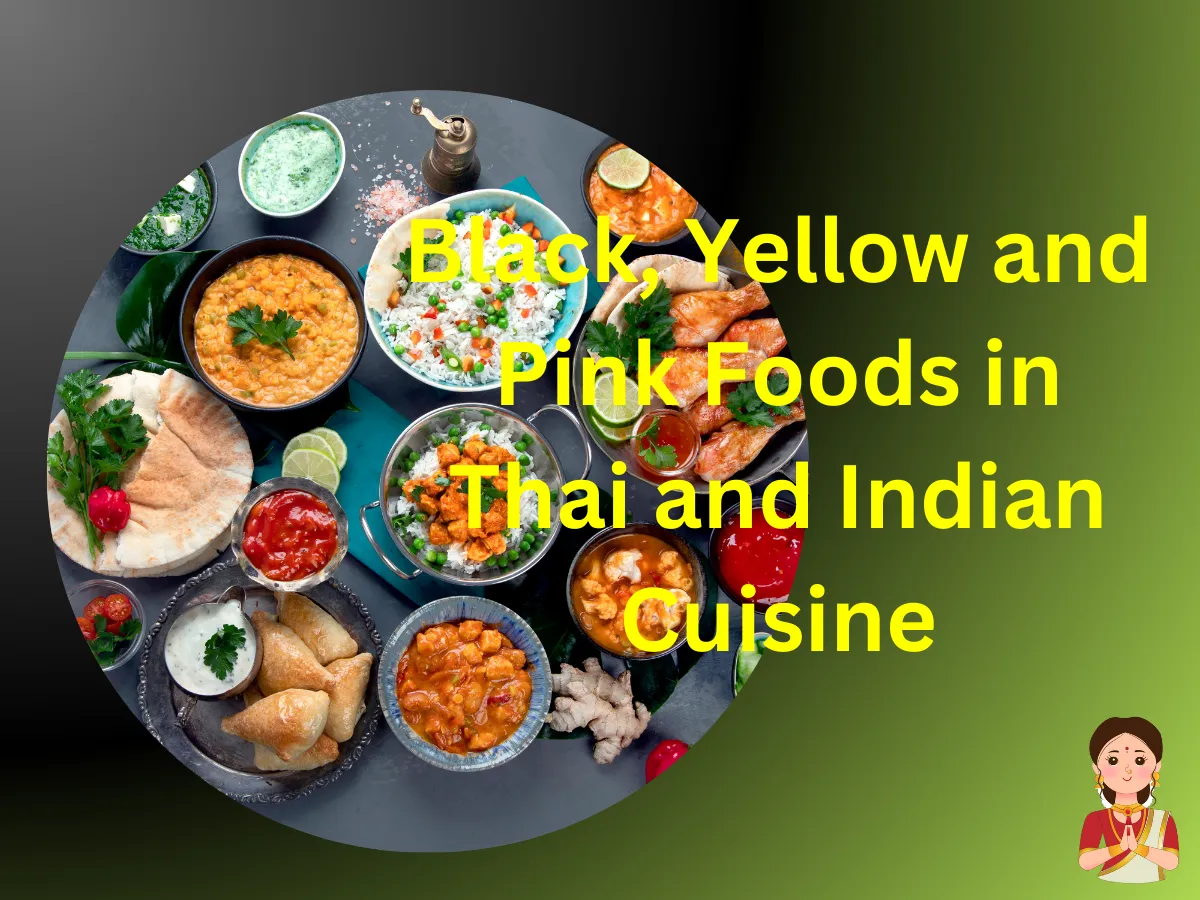
Yellow and Pink Foods: Unusual Delights for Your Taste
Must-Try Yellow and Pink Foods That'll Surprise Your Taste Buds
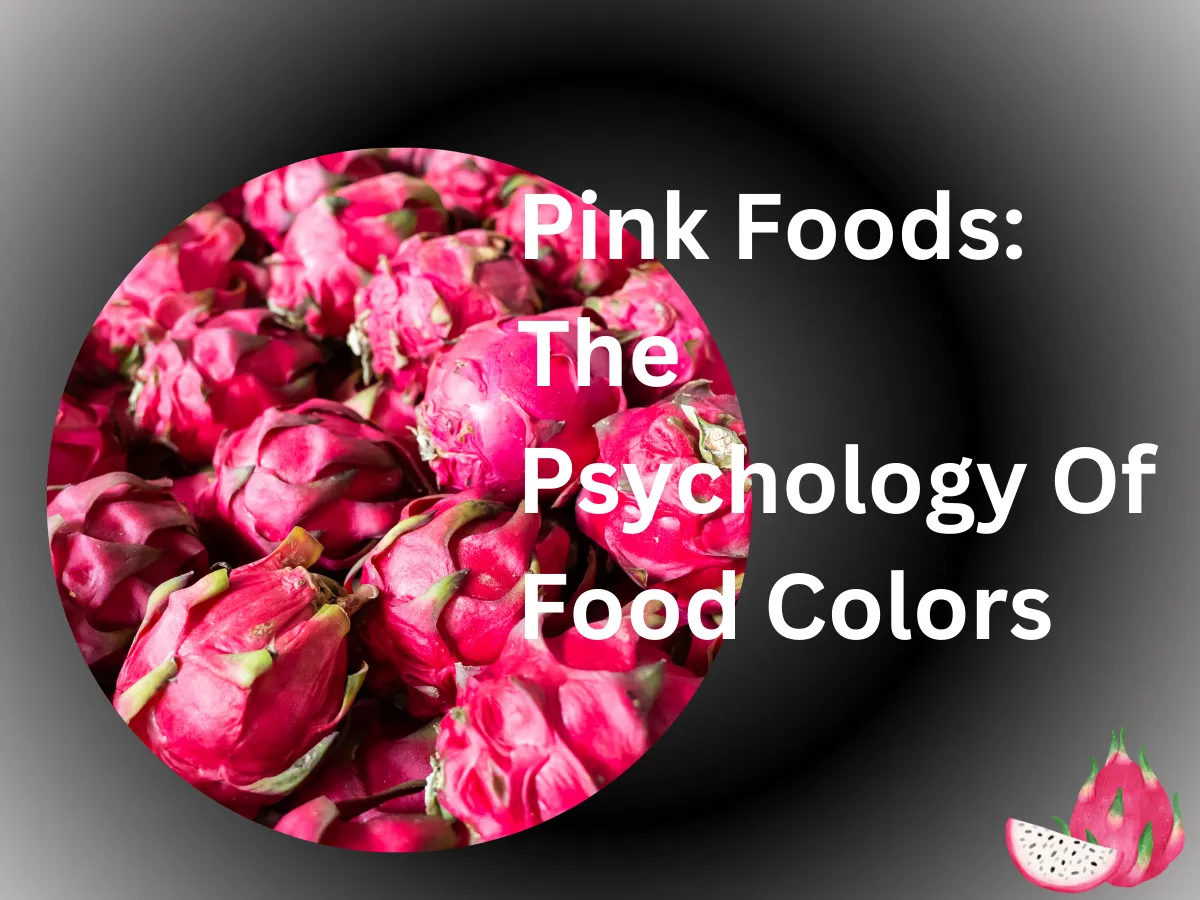
Pink Foods: Know The Psychology Of Food Colors
Discover the Mind-Blowing Psychology Behind Pink Foods - You Won't Believe !!!

5 Yellow Foods That Will Brighten Up Your Plate
Yellow Foods That Will Make Your Plate Shine Like Never Before!
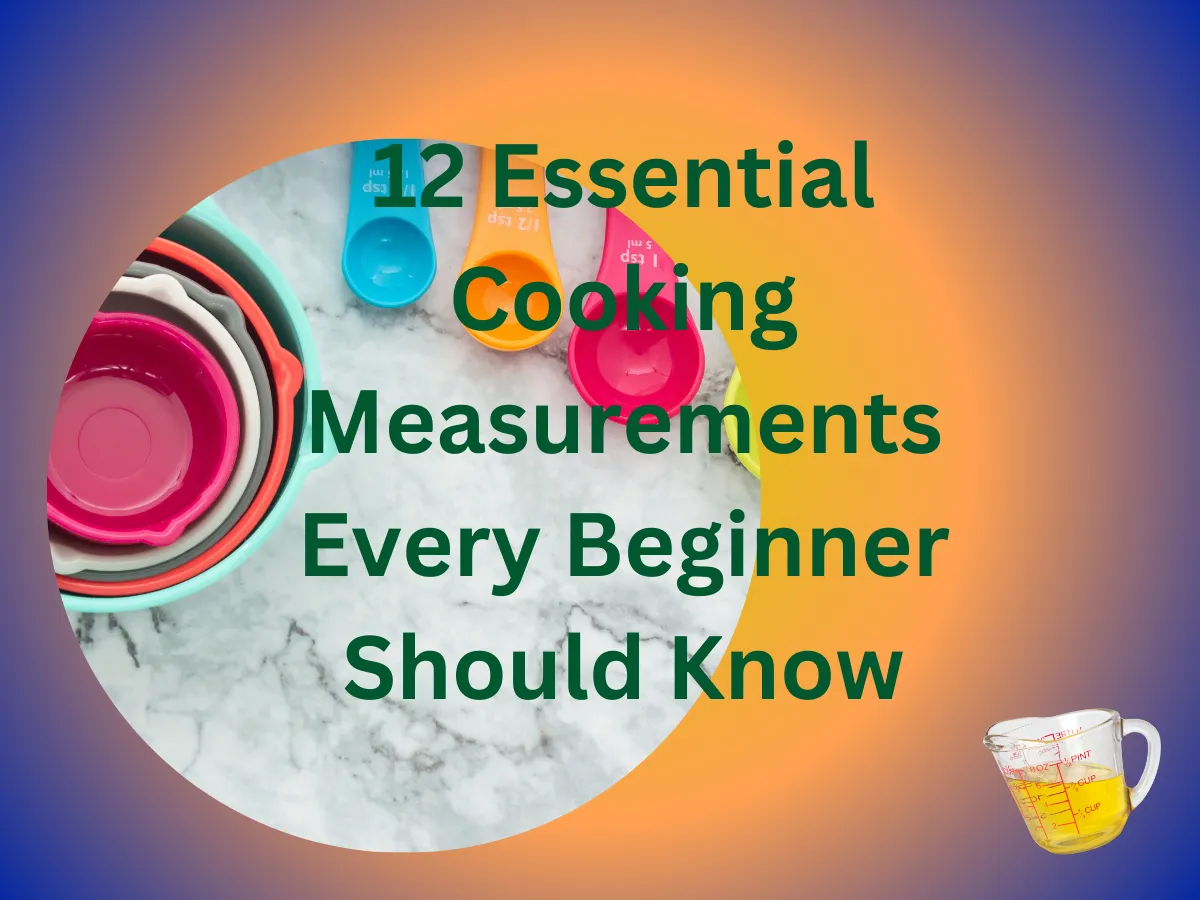

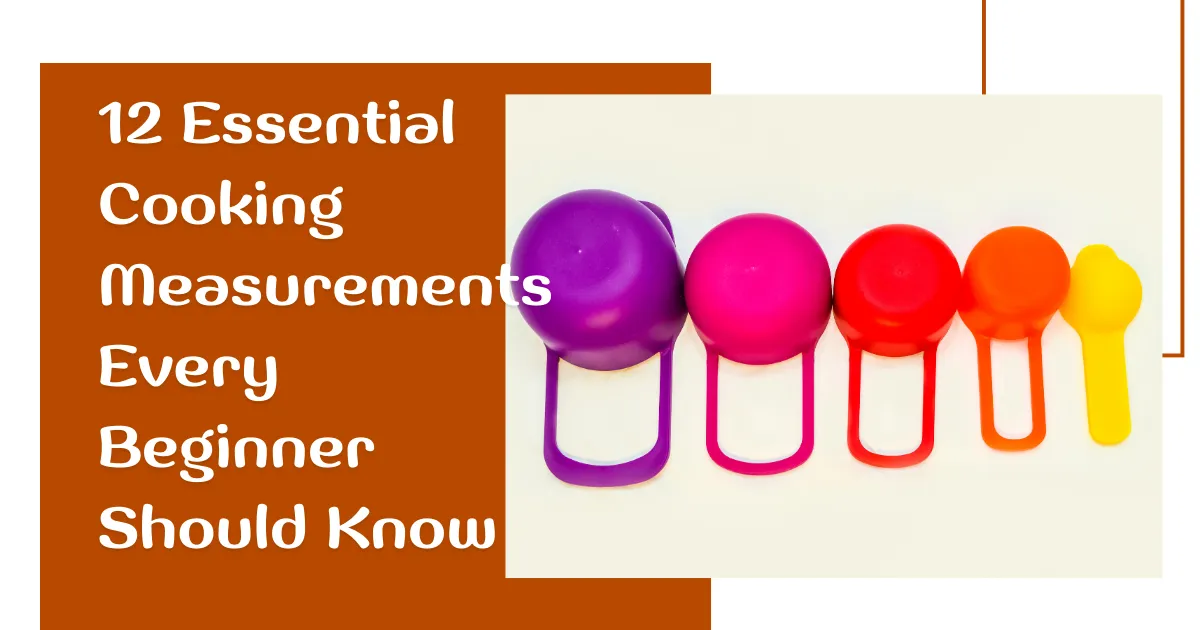
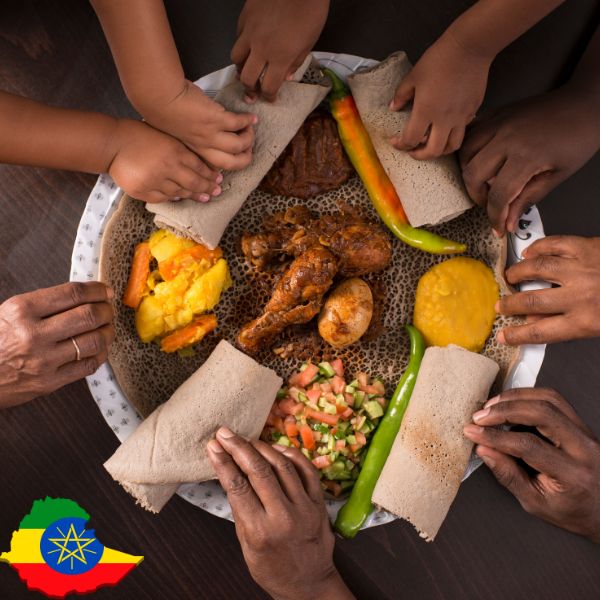



March 10, 2024 at 9:26 am[…] Simplifying Cooking Measurements For Beginners, Read Now! […]
July 3, 2024 at 4:52 pm[…] Control: Pay attention to portion sizes. A general guideline is to aim for 3-4 ounces (85-113 grams) of cooked seafood per […]
August 6, 2024 at 8:46 am[…] follow thecelery juice diet, you’re meant to drink 16 ounces (475 mL) of celery juice each morning on an empty stomach — and 24–32 ounces (710–945 mL) if you […]
September 22, 2024 at 6:36 am[…] several years ago, researchers discovered that the participants who consumed less than 1-2 tablespoons daily reduced body fat accumulation. Acetic acid takes an arc for this. Also, people who regularly […]